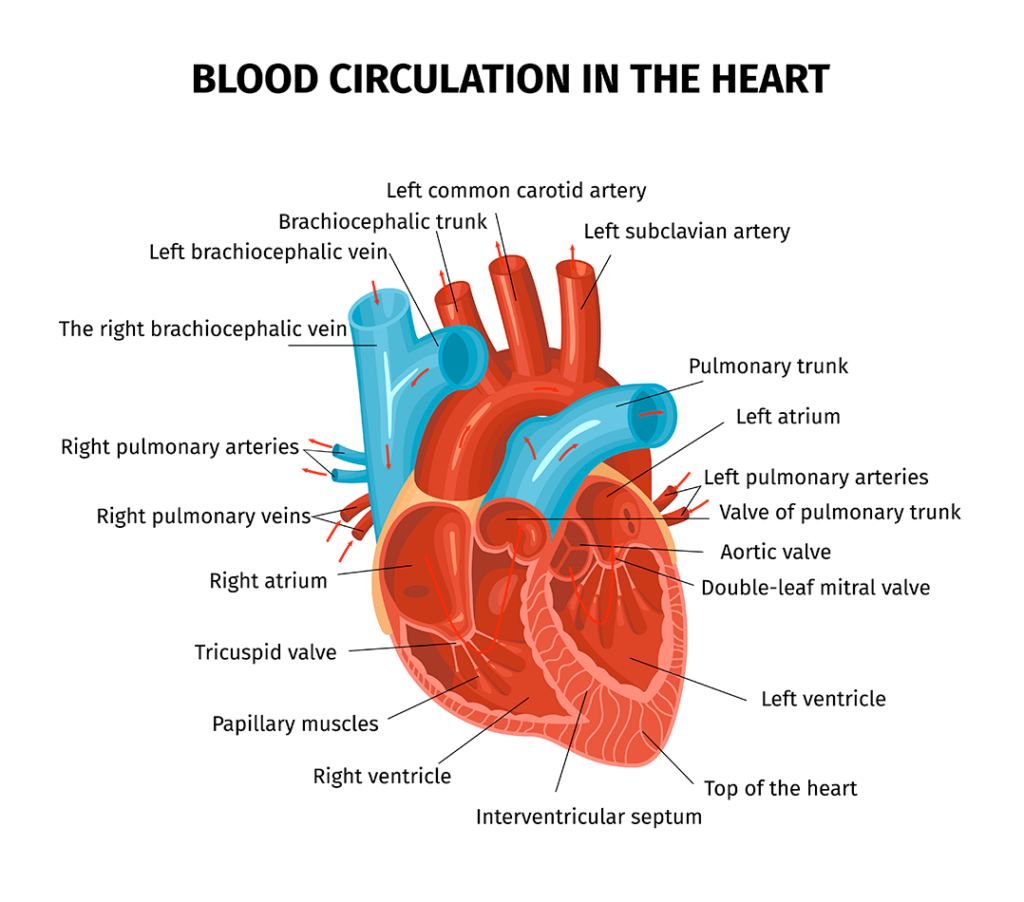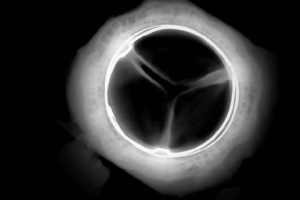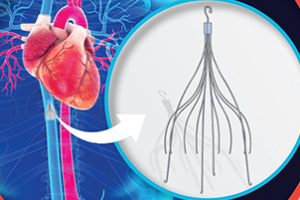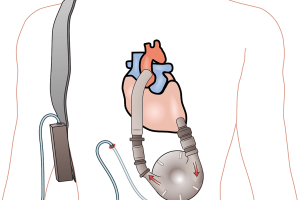The heart never takes a break. The heart is a strong muscle that never stops exercising, not for a minute. Every minute it needs blood, nourishment and oxygen. At Amarillo Heart Institute, we understand the importance of keeping your heart healthy and functioning at its best. We believe that a healthy heart is the foundation of a healthy life, and our goal is to provide you with all you need to achieve optimal heart health, a happier heart.
Valvuloplasty
Valvuloplasty is a medical procedure used to repair a heart valve that is not functioning properly. To see more about Heart Valve Disease, click here. The heart has four valves, the mitral valve, the tricuspid valve, the aortic valve, and the pulmonary valve, which control the flow of blood through the heart. If one of these valves becomes damaged or diseased, it can interfere with the normal flow of blood and cause a range of symptoms and complications.
Valvuloplasty is a minimally invasive procedure that can be used to treat certain types of heart valve problems. During the procedure, a catheter (a long, thin tube) is inserted into a blood vessel, usually in the groin or arm, and guided to the heart. A balloon attached to the end of the catheter is then inflated to widen the narrowed valve or repair a damaged valve leaflet.

mage by macrovector on Freepik
Valvuloplasty is typically a safe and effective procedure, and most patients experience significant improvement in their symptoms after the procedure. However, it is not always appropriate or effective for all patients with heart valve problems. In some cases, surgery may be necessary to repair or replace a damaged valve.
Overall, valvuloplasty is an important tool in the treatment of heart valve disease and can help improve the quality of life for many patients.
Valvuloplasty is a medical procedure used to repair a heart valve that is not functioning properly. To see more about Heart Valve Disease, click here. The heart has four valves, the mitral valve, the tricuspid valve, the aortic valve, and the pulmonary valve, which control the flow of blood through the heart. If one of these valves becomes damaged or diseased, it can interfere with the normal flow of blood and cause a range of symptoms and complications.
Valvuloplasty is a minimally invasive procedure that can be used to treat certain types of heart valve problems. During the procedure, a catheter (a long, thin tube) is inserted into a blood vessel, usually in the groin or arm, and guided to the heart. A balloon attached to the end of the catheter is then inflated to widen the narrowed valve or repair a damaged valve leaflet.
Valvuloplasty is typically a safe and effective procedure, and most patients experience significant improvement in their symptoms after the procedure. However, it is not always appropriate or effective for all patients with heart valve problems. In some cases, surgery may be necessary to repair or replace a damaged valve.
Overall, valvuloplasty is an important tool in the treatment of heart valve disease and can help improve the quality of life for many patients.

mage by macrovector on Freepik
Types of Valvuloplasty
There are several types of valvuloplasty procedures, depending on the type of valve problem that needs to be addressed. The most common types of valvuloplasty procedures are:
Balloon Valvuloplasty: This procedure is used to treat stenosis, or narrowing, of a heart valve, usually the mitral valve or the aortic valve. During the procedure, a balloon catheter is inserted through a blood vessel and guided to the site of the narrowed valve. The balloon is then inflated to widen the valve opening, allowing blood to flow more easily. Deeper procedure description bellow.
Mitral Valve Repair and clip Mitral: This procedure is used to repair a damaged or prolapsed mitral valve. It may involve repairing or replacing the valve leaflets, the annulus (the ring-like structure that supports the valve), or the chords (the tendinous cords that connect the valve leaflets to the heart muscle).
Transcatheter Aortic Valve Replacement (TAVR): This is a minimally invasive procedure used to replace a damaged aortic valve with a new valve. During the procedure, a catheter is inserted through a blood vessel and guided to the site of the damaged valve. The new valve is then implanted within the old valve, and the catheter is removed.
Valve Replacement: Aortic, Mitral, Pulmonary and Tricuspid Valve Repair or replacement. Pulmonary Valve repair or replacement is a procedure is used to treat pulmonary valve stenosis or regurgitation (leakage). It may involve repairing the valve or replacing it with a new valve, either surgically or through a catheter-based procedure. And Tricuspid Valve Repair or Replacement is a procedure that is used to repair or replace a damaged or diseased tricuspid valve, which controls the flow of blood between the right atrium and the right ventricle of the heart.
Overall, valvuloplasty procedures are an important tool in the treatment of heart valve disease, and can help improve the quality of life for many patients. The choice of procedure depends on the specific valve problem and the individual patient’s medical history and condition.
Balloon Valvuloplasty or Valvotomy
Balloon valvuloplasty, also known as balloon dilation or valvotomy, is a medical procedure used to treat a narrowed heart valve, a condition called valve stenosis. It is commonly used to treat stenosis of the mitral valve and aortic valve.
During a balloon valvuloplasty, a long, thin, flexible tube called a catheter is inserted into an artery in the groin or arm and guided to the heart. The catheter has a balloon at its tip which is positioned at the narrowed valve. The balloon is then inflated, stretching the valve and widening the opening, allowing blood to flow more easily through the valve. Once the balloon is deflated, the catheter is removed from the artery.
Balloon valvuloplasty is a minimally invasive procedure, and is usually performed under local anesthesia with mild sedation. It may also be performed under general anesthesia, particularly in children or patients with more complex valve problems.
Balloon valvuloplasty is generally considered safe, and most patients experience significant improvement in their symptoms after the procedure. However, it is not always effective in the long term, and the valve may become narrowed again over time. In some cases, the procedure may need to be repeated, or surgical valve replacement may be necessary.
Overall, balloon valvuloplasty is an important treatment option for patients with heart valve stenosis, particularly those who are not good candidates for surgery. It can help improve symptoms and quality of life, and may delay or avoid the need for more invasive procedures.

Image by wavebreakmedia_micro on Freepik










